Have you ever asked yourself, “Just how much memory do I need for my photos?” If so, you’ve come to the right place! This blog post is going to dive deep into 128GB of photo storage and answer the question of how many photos can fit within such a space. You will also get some tips for managing your photo files more efficiently so that you get the most out of your storage. So, if you’re wondering what all 128GB can do for your photography needs, take a closer look!
Available Memory Cards
CF (COMPACTFLASH)
CF (CompactFlash) memory cards are the oldest type of memory card. They feature solid construction and high durability, as well as being able to withstand extreme environmental conditions.

SD (SECURE DIGITAL)
Secure Digital (SD) is one of the most commonly used types of flash memory cards today. It is widely used in consumer electronics and mobile devices such as digital cameras, camcorders, MP3 players, and smartphones. SD cards come in different sizes ranging from standard-size to microSD cards. They offer good read/write speeds and are relatively affordable, making them a popular choice in the market.
MMC (MULTIMEDIA CARD)
Multimedia Card (MMC) is another type of flash memory card that’s commonly used in digital cameras and other devices. MMC cards come in different sizes and have a higher capacity than SD cards. They also have faster read/write speeds, making them ideal for capturing video or taking pictures with high-resolution cameras. However, they are more expensive than SD cards, so they aren’t as widely used.
XD (EXTREME DIGITAL)
Extreme Digital (XD) is an older type of flash memory card that’s still used in some cameras and other devices. XD cards are smaller than most other types of memory cards, making them ideal for fitting into tight spaces. They also offer good read/write speeds and can store up to 8GB of data. However, they aren’t as commonly used as SD or MMC cards, so it can be difficult to find them in stores.
Micro SD (SECURE DIGITAL)
Micro Secure Digital (microSD) is the smallest version of the Secure Digital memory card format. It was developed specifically for use with mobile phones and other small devices such as digital cameras and MP3 players. These cards offer a high capacity for their size and fast read/write speeds, making them perfect for storing large amounts of data in a small package. They are also widely used in smartphones and other compact devices.
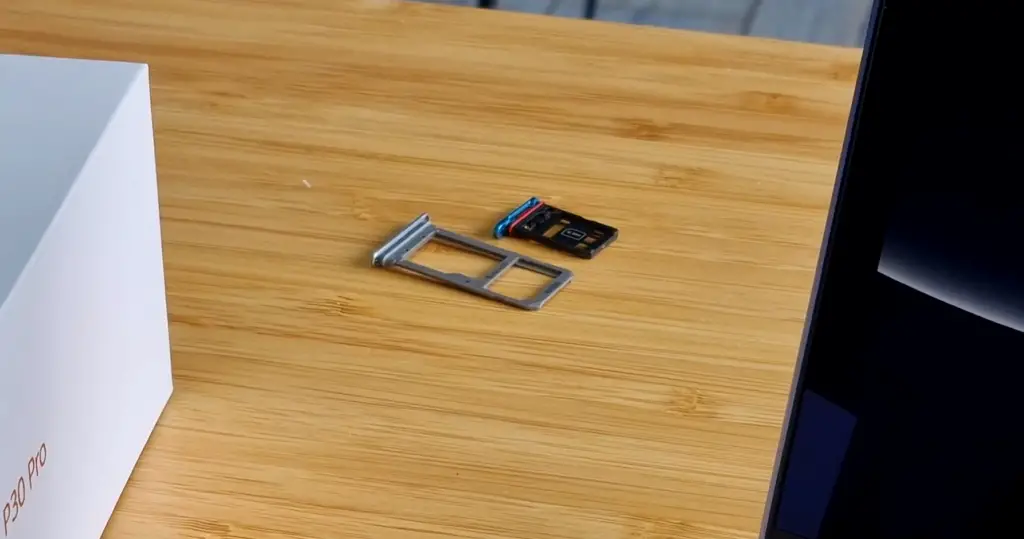
Memory Stick (SONY)
The Memory Stick format was developed by Sony as an alternative to other flash memory card formats. Memory Sticks offer good read/write speeds and come in different sizes, ranging from standard size to Micro-size cards. They are commonly used in digital cameras, camcorders, and portable music players made by Sony. However, they aren’t as widely used as other types of memory cards, so it can be difficult to find them in stores.
USB Flash Drives
USB flash drives are a type of removable storage device that can be plugged into a computer’s USB port. They are often used to store large amounts of data, from music and photos to work documents, in a small package. Most flash drives offer fast read/write speeds and have high capacities, making them ideal for backing up important data or transferring files between computers.
SSD (SOLID STATE DRIVES)
Solid State Drives (SSDs) are the newest type of storage device on the market. They use flash memory instead of traditional spinning hard disk drives, meaning they offer faster access times and better performance than regular hard drives. SSDs come in different sizes and capacities, but their prices are still higher than other types of storage devices. However, their durability and speed make them an attractive option for those who need a reliable and powerful storage solution [1].
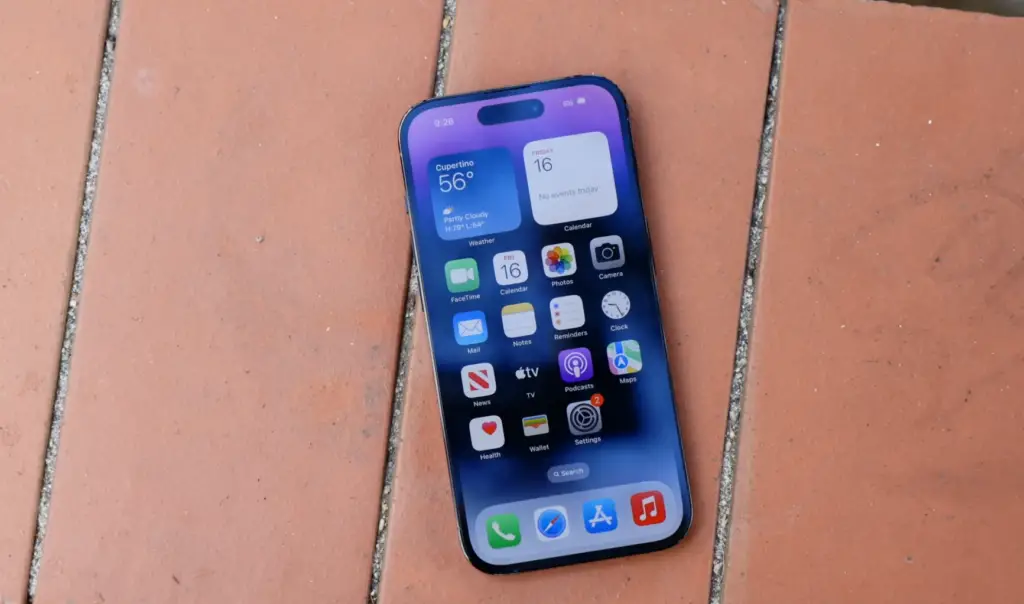
How Many Pictures Can a 128GB Memory Card Hold?
128GB Card in a Camera (DSLR, Mirrorless, etc.)
The exact number of pictures a 128GB memory card can hold depends on the resolution and type of camera you are using. Most digital cameras generate JPEG files, which vary in size depending on things like the quality settings, resolution, and whether any special effects have been applied. As a result, it is difficult to estimate how many photos or videos your card can store.
When used in a DSLR or mirrorless camera, a 128GB memory card can hold up to 8 hours of HD video. However, if you are shooting at a higher resolution or frame rate (such as 4K or 60fps), then the amount of storage space needed will increase significantly.
128GB Card in a Smartphone
The exact number of photos and videos that can be stored on a 128GB memory card varies depending on the type of smartphone you have and what resolution files you are capturing.
On average, most smartphones used to capture images in 12-megapixel resolutions generate JPEG files that range from 5-7MB per photo which means that a 128GB memory card could store roughly 18,000-25,000 photos taken with your phone! Of course, this number will vary depending on the type of phone you are using and other factors such as picture quality settings.
In terms of video, a 128GB memory card can store up to 20 hours of HD video footage taken with your smartphone. However, if you are shooting in 4K or at a higher frame rate then storage space needs will increase significantly.
128GB Card in a GoPro
The exact number of pictures and videos that can be stored on a 128GB memory card also varies depending on the type of GoPro you have.
For example, if you are using a HERO3 Black Edition, then a 128GB memory card can store up to 4 hours and 30 minutes of video footage at 1080p/30fps or 6 hours of 720p/120fps. If you are using a newer model such as the HERO7 Black then this number increases significantly – with a single charge your 128GB memory card can store up to 18 hours and 30 minutes of video footage at 1080p/30fps or 12 hours and 15 minutes at 4K/60fp.
In terms of photos, most GoPros generate JPEG files that range from 10 to 15MB per photo which means that a 128GB memory card can store up to 8,000-12,000 photos taken with your GoPro. Note that this number will vary depending on the type of camera you use and other factors such as picture quality settings [2].
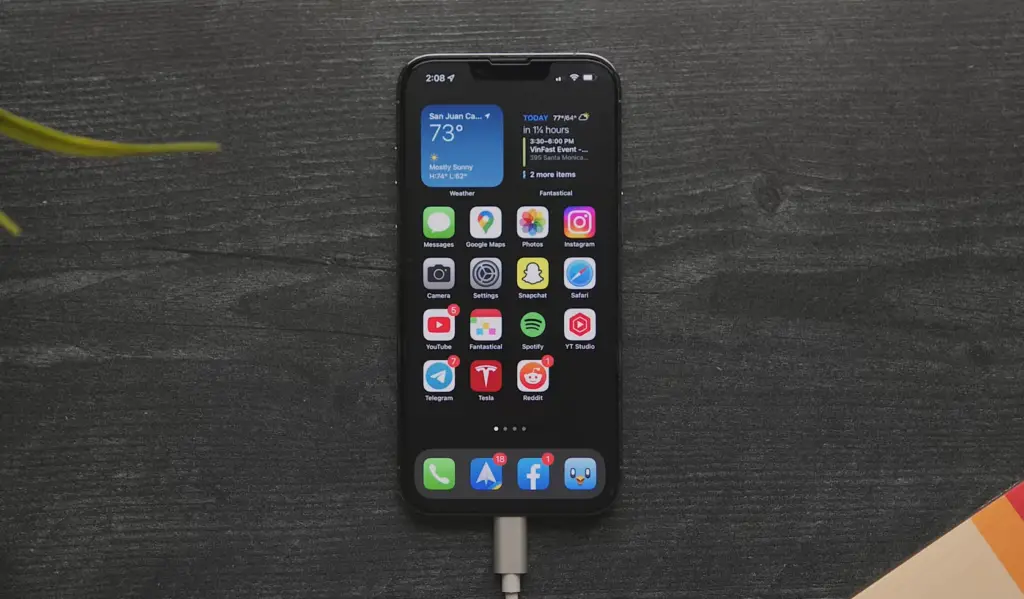
How to Calculate How Many Pictures 128GB Can Hold?
128 gigabytes (GB) of storage can hold a vast amount of information. You can store approximately 10,000 songs or 80 hours of video or 125,000 pictures on 128 GB. To figure out exactly how many pictures 128 GB can hold, you’ll need to know the size of each picture file in megapixels and megabytes, as well as the type of image files that will be stored.
For example, you can have an 8-megapixel camera with JPEG settings at their highest quality. That would mean each photo is about 3MB (3 megabytes) in size when saved on your computer. If we divide 128 GB by 3 MB per photo, then it gives us roughly 42,666 photos that can be stored on 128 GB. But if you are using a camera with higher megapixels and RAW settings, each photo could be about 10-13 MB in size. That means you’d only get around 8,888 to 10,000 photos on 128 GB of storage.
It’s important to take into account the quality and size of your images when determining how many pictures 128 GB can hold. Depending on your image dimensions and file types, the number of photos that fit into this amount of storage may vary greatly. Remember to always keep backups of your photos! You never know when something might happen to your device or computer that could delete all those precious memories in an instant.
Ultimately, calculating exactly how many pictures 128 GB can hold will depend on the image resolution, file type, and other factors. Taking into account all these variables should give you a good idea of how much storage you’ll need for your photos.
How to calculate memory card usage with a computer?
In order to calculate memory card usage with a computer, several steps need to be taken.
- First, insert the memory card into your computer’s card reader or connect it via a USB cable if your computer does not have a built-in card reader.
- Once the connection is established, launch the File Explorer application on your computer and display the contents of the memory card by double-clicking its drive letter (e.g., M:).
- Next, open the Windows Task Manager (Ctrl + Shift + Esc) and select the Performance tab from the menu bar at the top of the window.
- Scroll down until you see the Memory section in which the total and available storage space on the memory card will be displayed.
- To calculate the percentage of usage, simply divide the Total by the Available to get a decimal number. Multiply that number by 100 to find out what percent of your memory card is being used.
- Finally, if you need to free up some space on your memory card, delete unwanted or unused files before ejecting them from the computer.
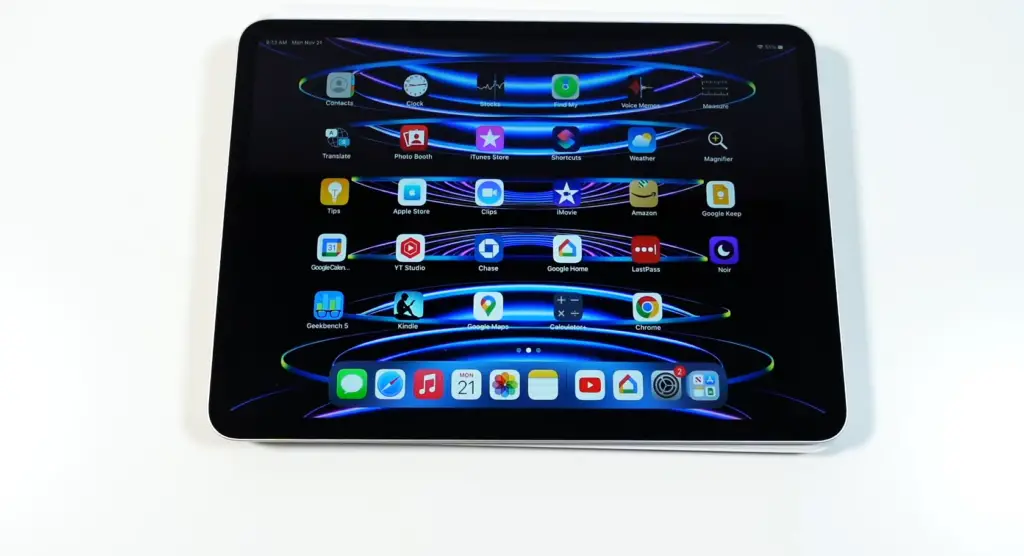
What Factors Affect the File Size of an Image?
Quality Settings
One of the most important factors that affect an image file size is the quality settings. Quality setting refers to how much information is stored in the image file. Generally, higher-quality images have a larger file size than lower-quality images. This is because more data needs to be stored for a higher-quality image than for a lower-quality image.
Image Dimensions
The dimensions of an image are also a significant factor in determining its file size.
File Format
The type of file format used can also affect the size of an image file. Different file formats store different amounts of data and thus have different sizes. For example, files with a .JPEG or .JPG extension tend to be significantly smaller than files with a .TIFF extension because the. JPEG format compresses data more efficiently.
Resolution
The resolution of an image also affects its file size. The higher the resolution, the more data needs to be stored in the image resulting in a larger file size. On the other hand, lower resolutions require less data which will result in smaller image files.
Image Compression
Another factor that can affect an image’s file size is compression. Compressing an image reduces the amount of information stored within it which results in a smaller file size. However, compressing an image too much can lead to a decrease in image quality. Therefore, it is important to find a balance between compression and quality when trying to reduce the file size of an image.
If you are looking for ways to reduce the file size, you should consider all of these factors. By adjusting the quality settings, dimensions, and resolution, or even using different file formats and compression techniques you can significantly reduce an image’s file size while maintaining its quality. These methods will enable you to optimize your images so that they take up less space while still looking great [3]!
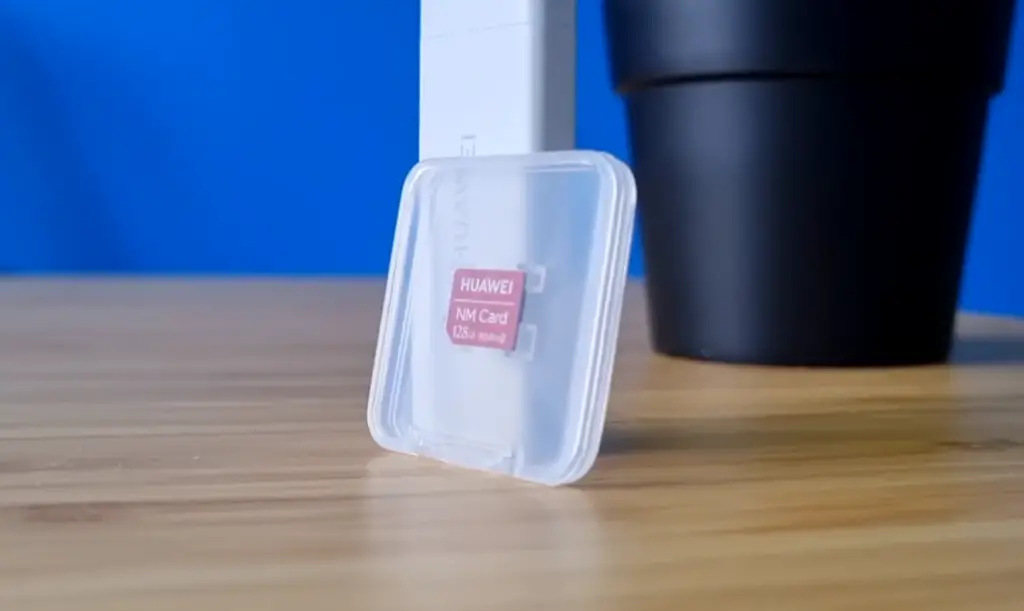
FAQ
Is 128GB enough for photos?
128GB can store thousands of photos, depending on the file size of each photo. For example, if you take photos in RAW format with a high-resolution camera, one photo could be around 50MB. That means 128GB would hold about 2,560 RAW photos or over 25,000 JPEG files.
Essentially, 128GB should provide ample storage for most photographers who may not require large amounts of space for their work. If you plan to store many videos or 4K images along with your pictures, however, then it is recommended that you upgrade to a larger capacity such as 256GB or 512GB. This will ensure that you have enough space for current and future needs.
How many photos can 512GB hold?
512GB of storage can hold over 50,000 RAW photos or over 500,000 JPEG images. That is a considerable amount of space which should be enough for most professional photographers, as well as those who take large amounts of high-resolution photos and videos. If you plan to store 4K resolution images and videos along with your pictures, then it would be best to upgrade to a larger one such as 1TB or more.
Can a 128GB iPad store music?
Yes, a 128GB iPad can store music. Depending on the type and size of files you wish to store, it could hold thousands of songs. For example, if all of your music is in MP3 format at 256 kbps bitrate (good quality) then it would take up about 4 MB per minute of playtime. That means a 128GB iPad could store over 32,000 songs. If your music files are in higher resolution formats such as FLAC or WAV, then the storage capacity would be much lower.
It is important to note that the actual storage capacity of a device can be slightly less than what is advertised due to software and other overhead factors. Therefore, you may have to adjust your expectations accordingly. Additionally, if you plan to store large amounts of music on your iPad, it is recommended that you upgrade to a larger-capacity device such as 256GB or 512GB. This will ensure that you have enough space for current and future needs.
How many GB are 10,000 photos?
The size of 10,000 photos can vary greatly depending on the file type and resolution of each photo. For example, JPEG images usually range from 2-10MB per photo while RAW files are typically around 30-50MB. That means a collection of 10,000 JPEGs could take up 20GB to 100GB of storage space, while 10,000 RAW files would require 300GB to 500 GB. It is important to note that the actual storage capacity required may be slightly higher due to software and other overhead factors. Therefore, it is best to factor in some additional space when calculating how much memory you need for your photos.
Is 128GB enough for an iPhone?
Yes, 128GB of storage should be enough for most iPhone users. This should provide ample space for photos, music, apps, and other content. If you plan to store large amounts of 4K video or over 10,000 photos on your device, however, then it is best to upgrade to a larger-capacity device such as 256GB or 512GB. This will ensure that you have enough room for current and future needs.
Can I transfer photos from my PC to my iPhone?
Yes, you can transfer photos from your PC to your iPhone using several different methods. The easiest way is to use iTunes or iCloud sync. Alternatively, you can also use Dropbox or Google Drive cloud services to upload the files onto your device. Once the files are uploaded, you can then access them via the Photos app on your iPhone. It is important to note that transferring large amounts of data may take some time, so be patient and make sure you have a stable internet connection.
However, it requires an Apple-certified cable which may not be included in the box with your device.
Useful Video: 128GB iPhone Storage Is Enough ?
Conclusion
128GB SD can be a great choice for anyone who needs additional storage or wants to store large files. It is becoming increasingly popular due to its compact size and affordability. It can also be used in any device that has an SD card slot, making it a versatile and convenient form of external storage. Additionally, because the data stored on the SD cards is encrypted with a special code, users have peace of mind knowing their data will remain secure even if the card gets lost or stolen. For these reasons, 128GB SD cards are becoming increasingly popular among consumers looking for reliable, secure external storage solutions.
References
- https://www.kingston.com/en/blog/personal-storage/microsd-sd-memory-card-guide
- https://www.colesclassroom.com/how-many-pictures-can-128gb-memory-card-hold/
- https://www.futurelearn.com/info/courses/representing-data-with-images-and-sound/0/steps/53142






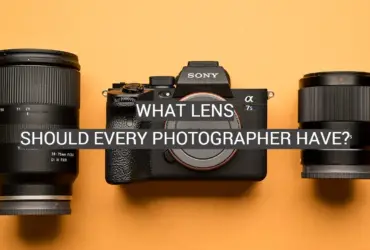



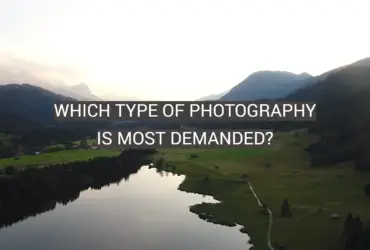

Leave a Reply